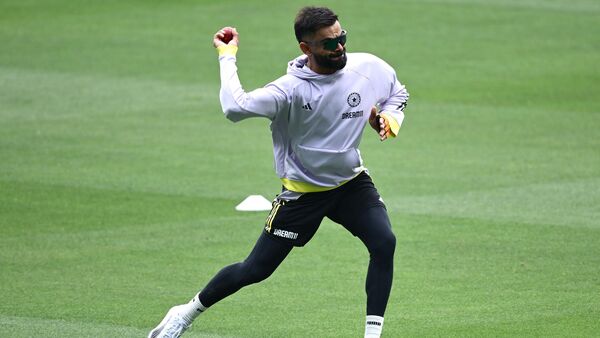Former India cricketer Harbhajan Singh recently responded sharply to Australian media’s criticism over the use of Hindi and English during post-match interviews. The controversy began when Indian players, including captain Rohit Sharma, spoke in a mix of Hindi and English during their media interactions, leading to a backlash from certain Australian outlets. Some critics argued that the use of Hindi, while addressing an international audience, was unprofessional and could hinder communication.

Source:- bbc news
Harbhajan, however, defended the practice, emphasizing that language should not be a barrier to expression. He pointed out that Hindi is widely spoken not just in India but across the globe, and using it should not be seen as disrespectful or problematic. Harbhajan also questioned why this issue was being singled out, considering the widespread use of various languages in international sports interviews, including Australian players’ use of their native accents and colloquialisms.
Source:- news 18
Harbhajan’s retort highlighted the growing influence of India’s culture and language in global sports. As India’s cricketing and economic influence continues to rise, the demand for Hindi and other regional languages in international media interactions is likely to increase. Harbhajan also reminded critics that Indian players often switch between languages to ensure their message reaches a diverse audience, reflecting the multilingual nature of the country.
The incident has sparked a broader conversation about language, culture, and identity in sports. While some believe that interviews should be conducted in a common global language like English, others argue that athletes should be free to express themselves in the language they are most comfortable with. Ultimately, this debate underscores the evolving dynamics of global sports, where cultural diversity is becoming more acknowledged and accepted.
Share your views in the comments

